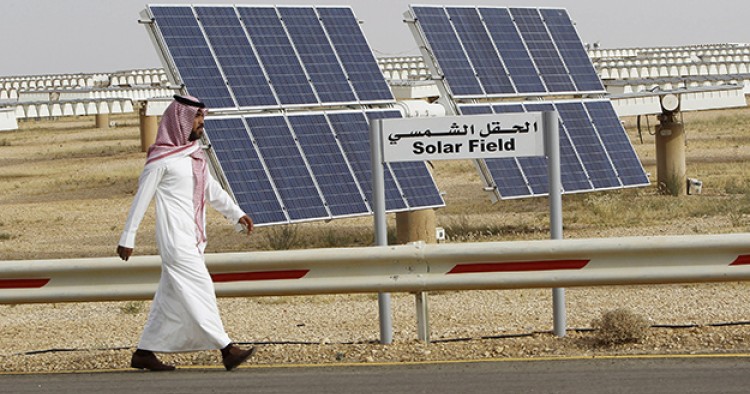Summary
A solar sector is emerging as part of Saudi Arabia’s economic diversification plans under the Vision 2030. Makio Yamada offers an analysis of policy and institutions governing the country’s expansion into “yellow oil.” Rising domestic oil consumption, young citizens’ entry into the job market, and reduced solar panel production costs have driven the launch of the solar industry in the kingdom. Growth of the industry had previously been hindered by institutional ambiguity and fragmentation, but the government restructuring in May has paved the way to its eventual rise by unifying necessary administrative functions under the newly-created super-ministry.
Key Points
- The new Saudi leadership, led by King Salman and his son Deputy Crown Prince Mohammed, will exercise control over the country’s next giant, non-oil industry, which Saudis call “yellow oil,” or solar energy
- The initial driver behind the Saudi government’s interest in the use of solar power was its intention to preserve the kingdom’s capacity to export oil in light of rising domestic consumption; the Vision 2030 also underscores the industrial aspect of solar energy
- Following the succession in January 2015, the new leadership found the country’s institutional framework for the solar sector problematic; the government restructuring in May 2016 unified the necessary administrative functions for the sector
- Insufficient human capital may be an impediment to the growth of the industry; the National Transformation Program 2020 has set ambitious goals to boost the country’s technical education, but its feasibility remains to be seen
Read the full Policy Focus here.
The Middle East Institute (MEI) is an independent, non-partisan, non-for-profit, educational organization. It does not engage in advocacy and its scholars’ opinions are their own. MEI welcomes financial donations, but retains sole editorial control over its work and its publications reflect only the authors’ views. For a listing of MEI donors, please click here.














